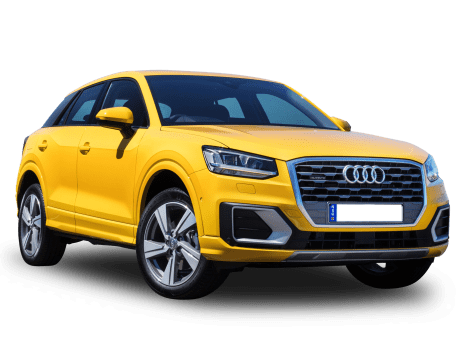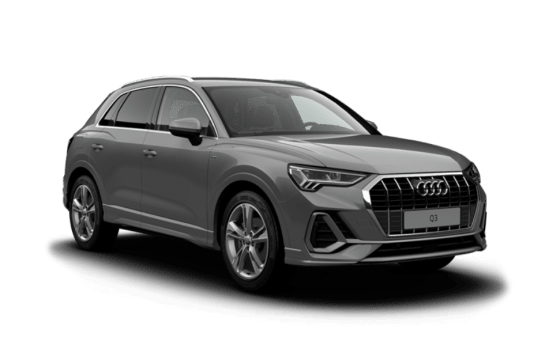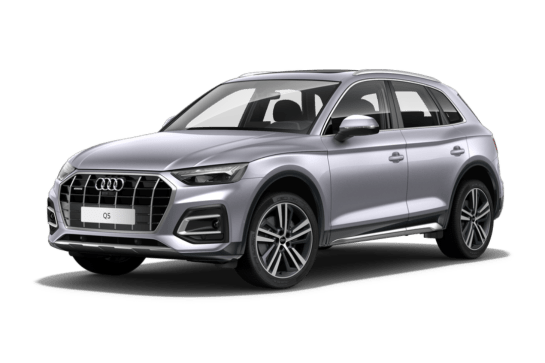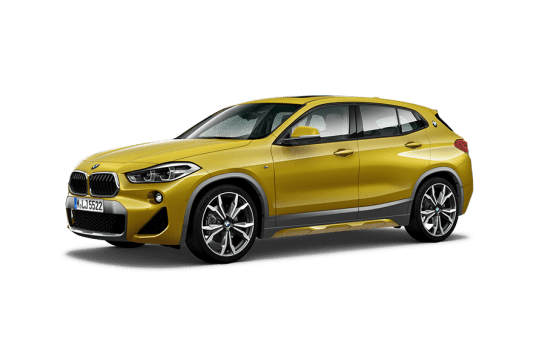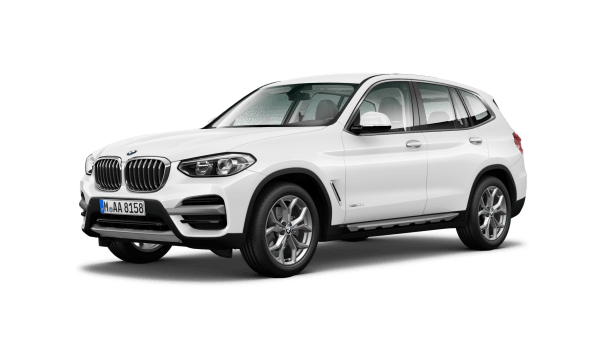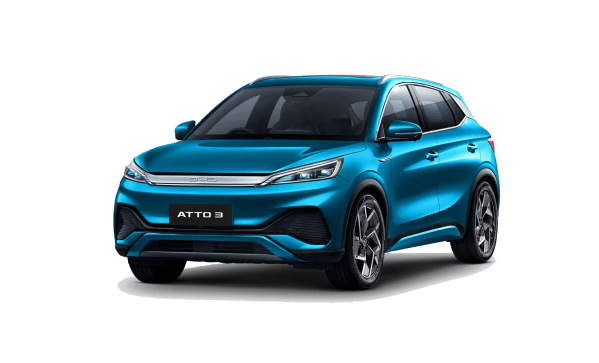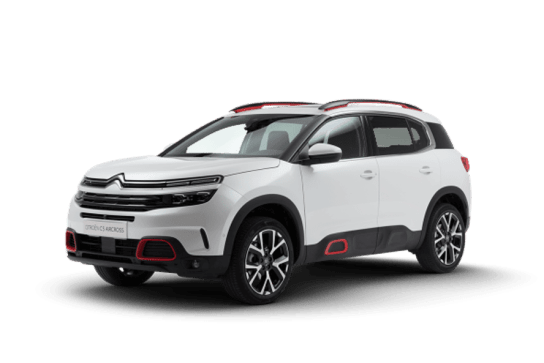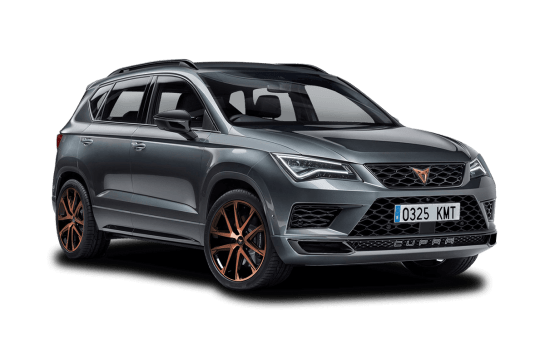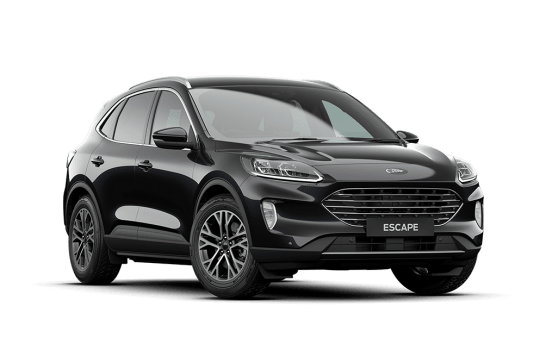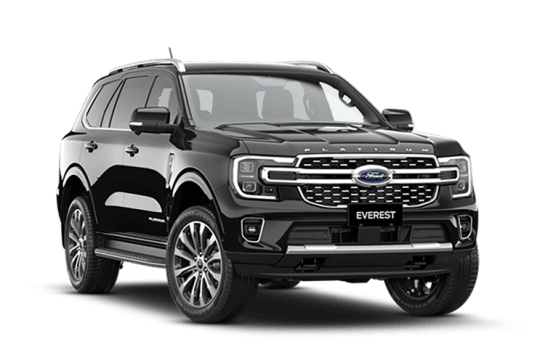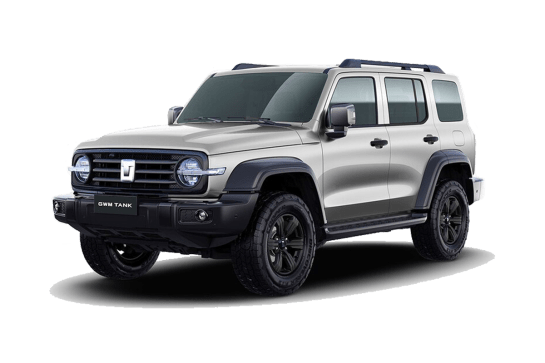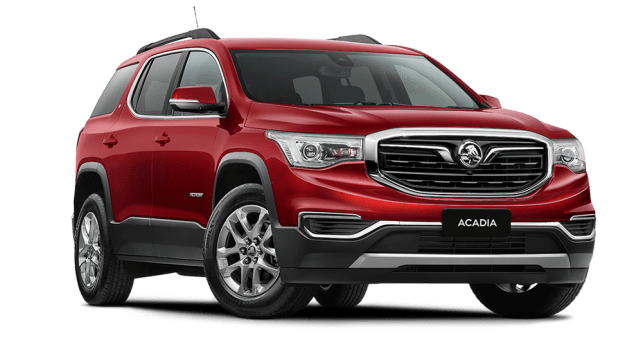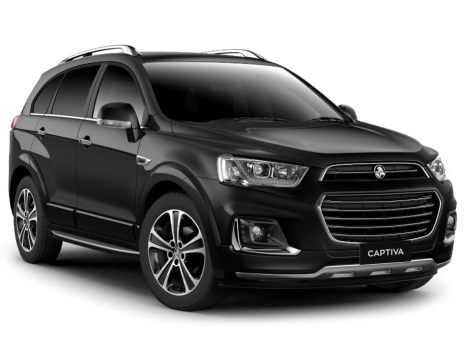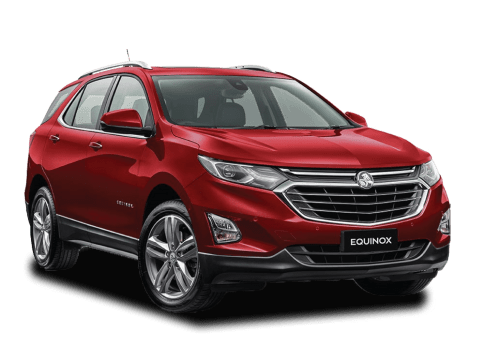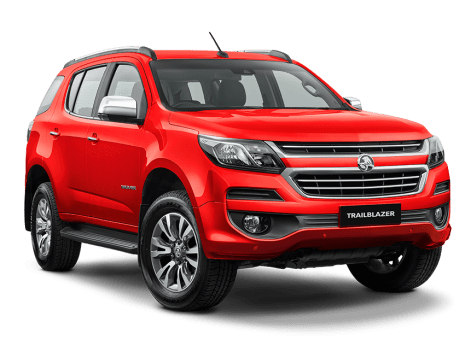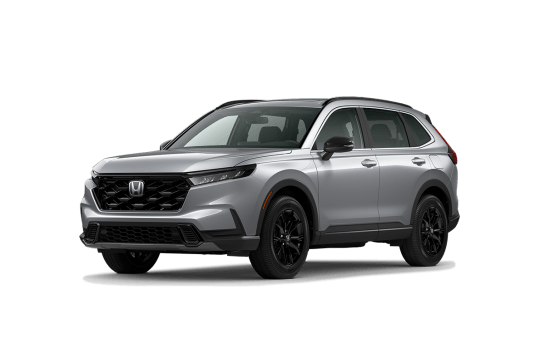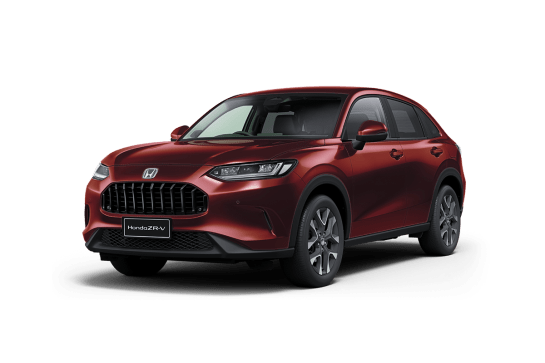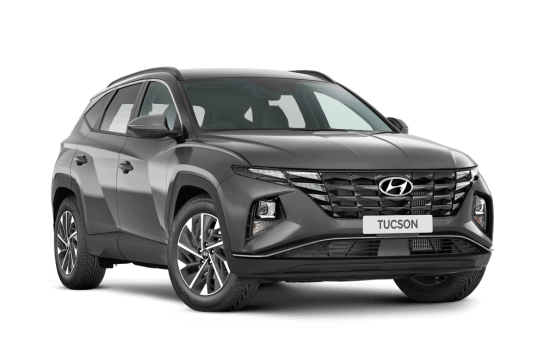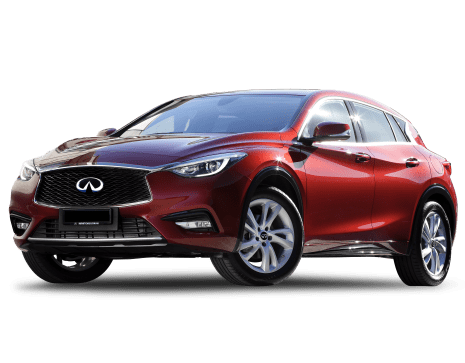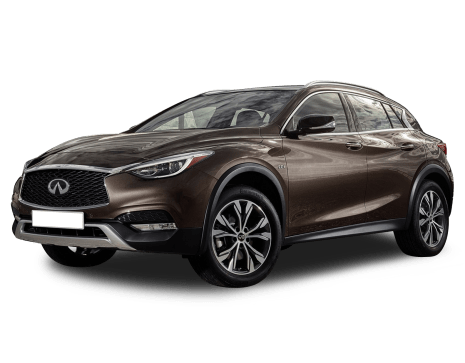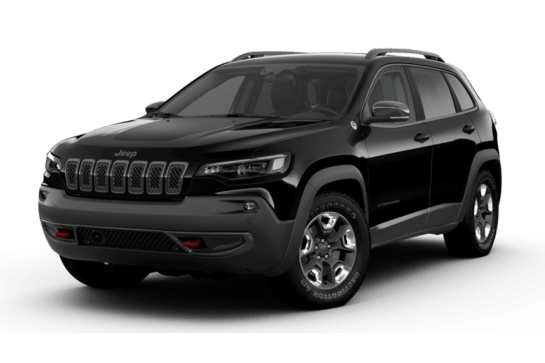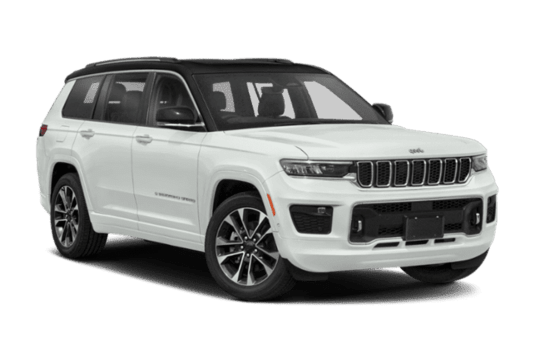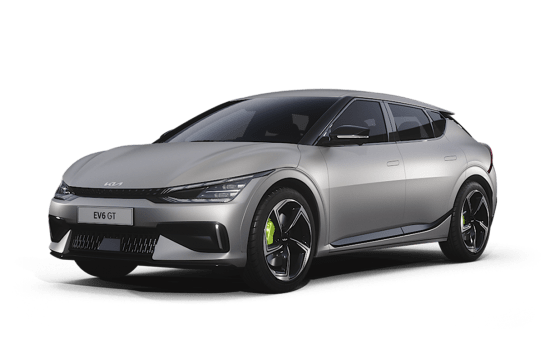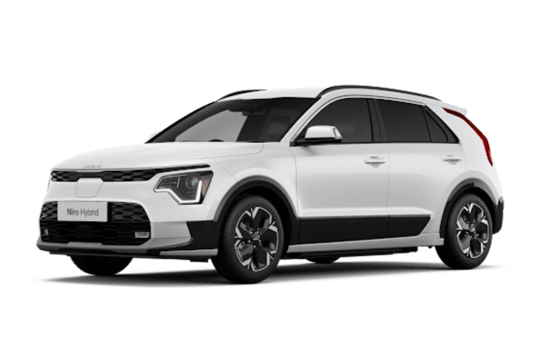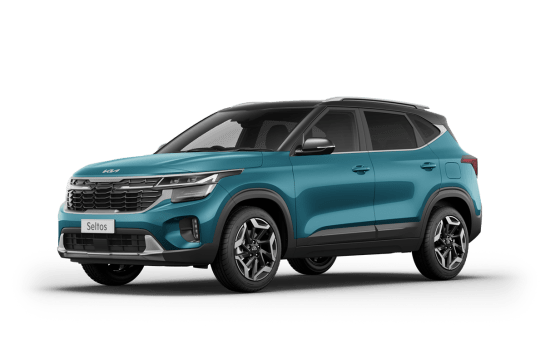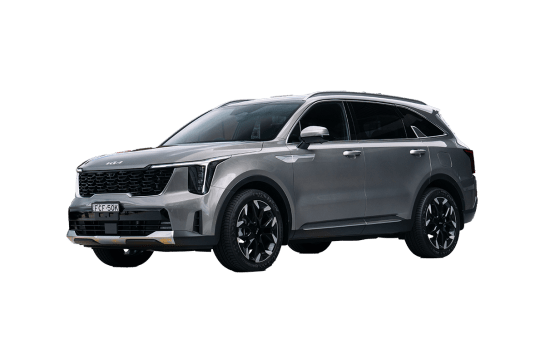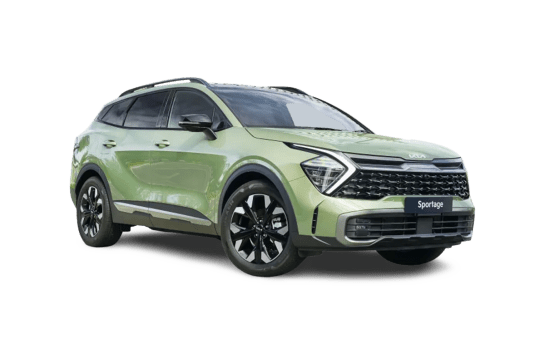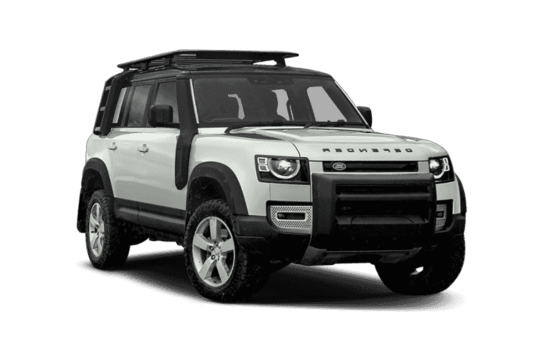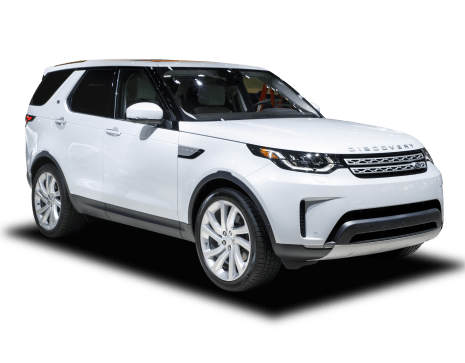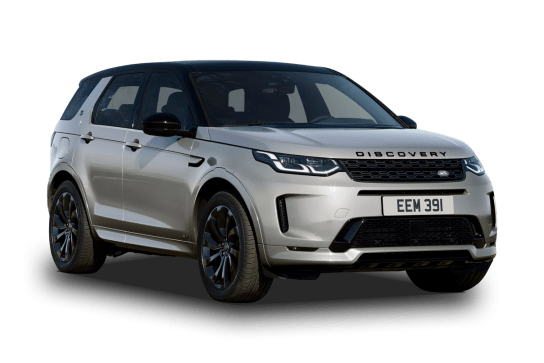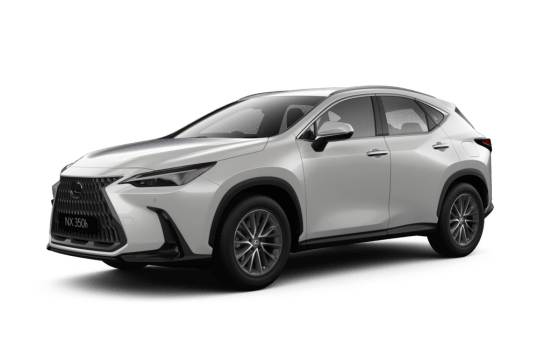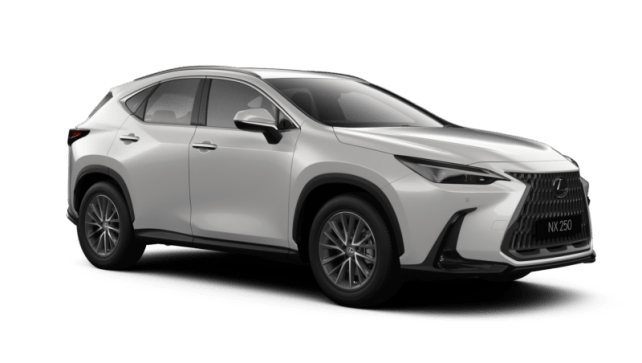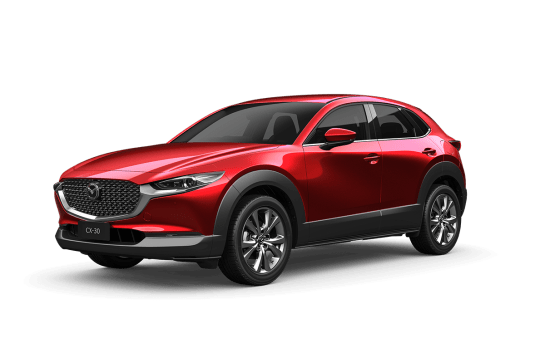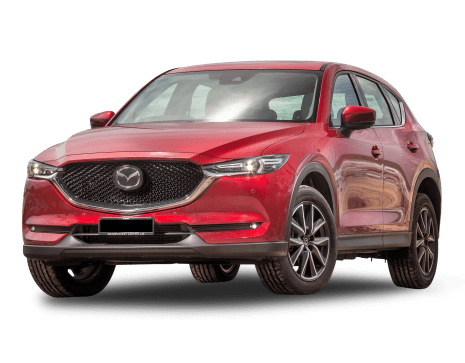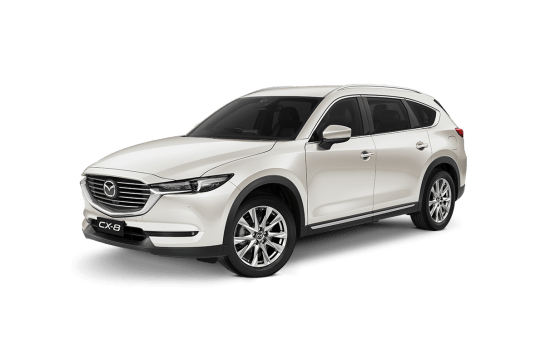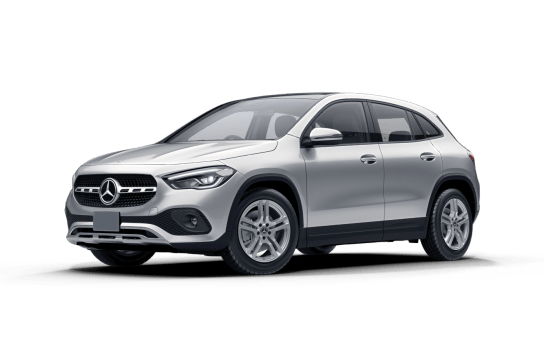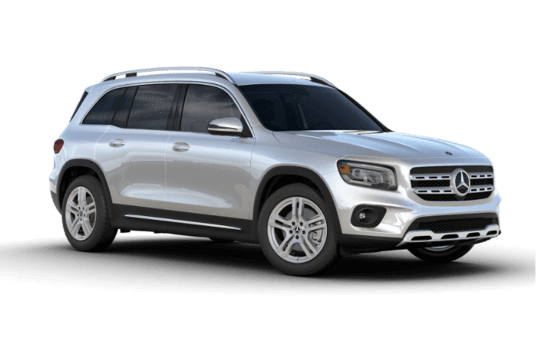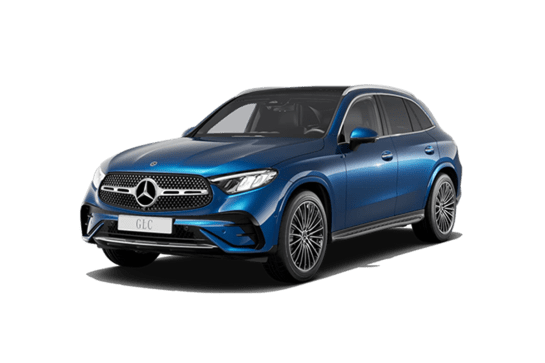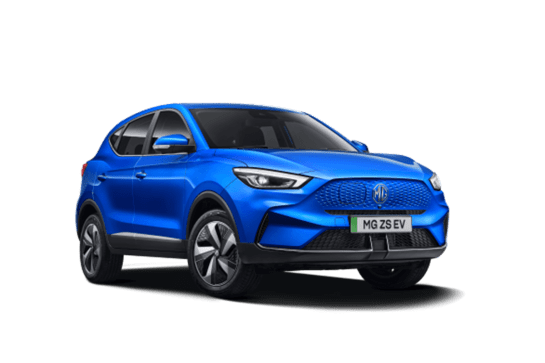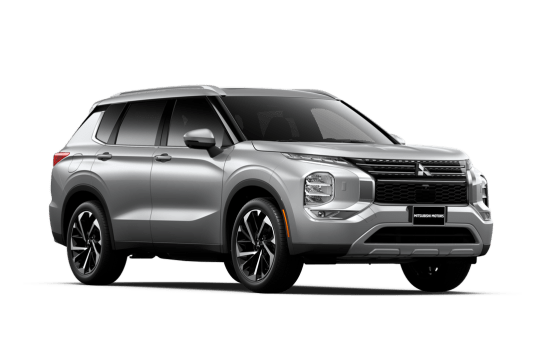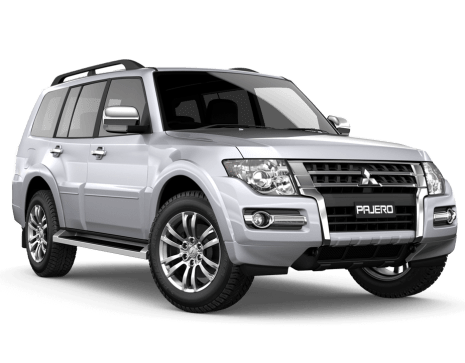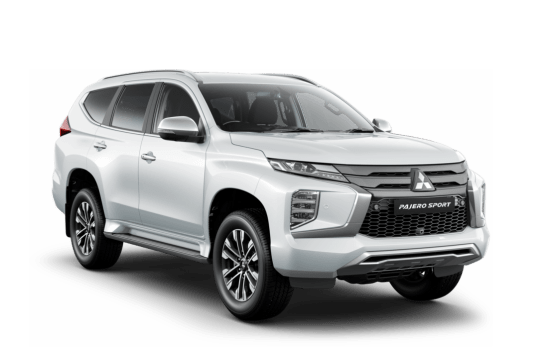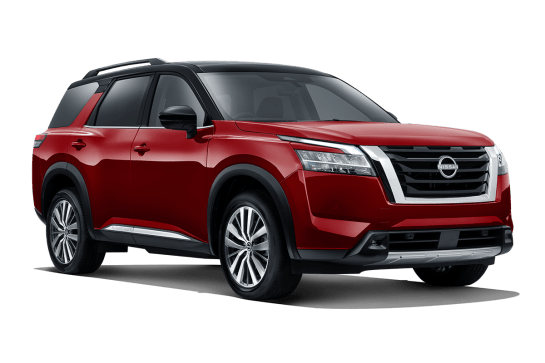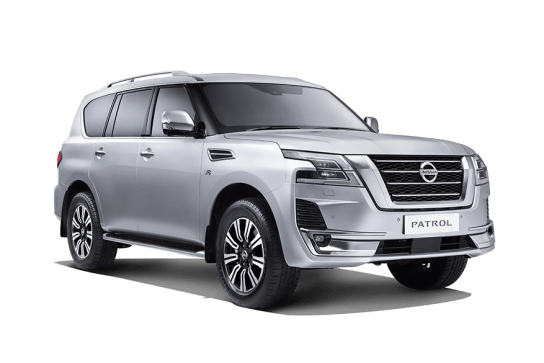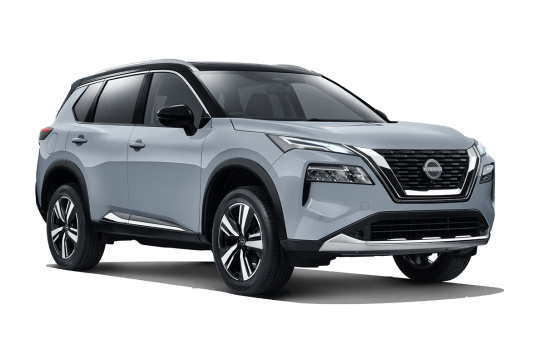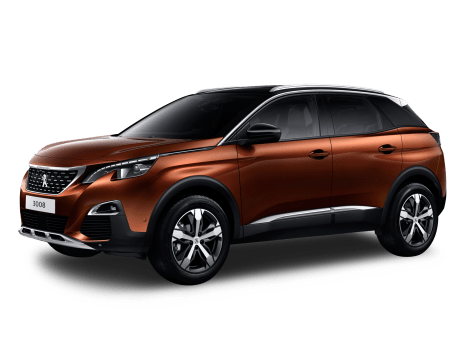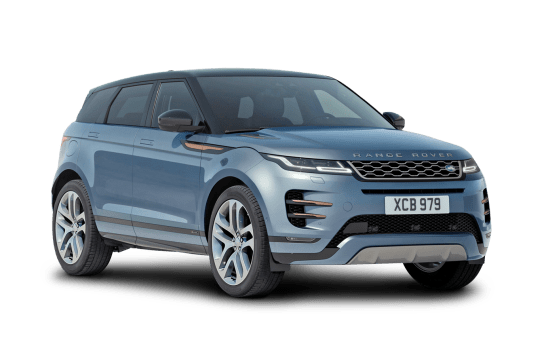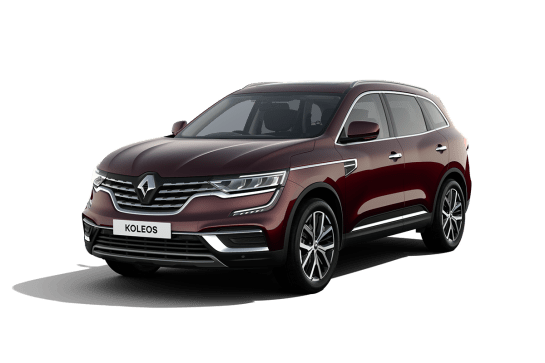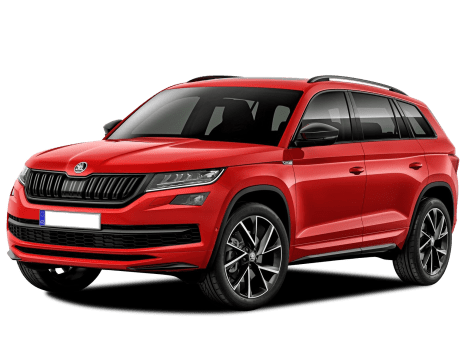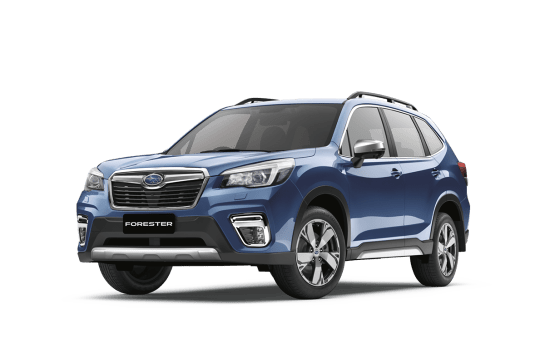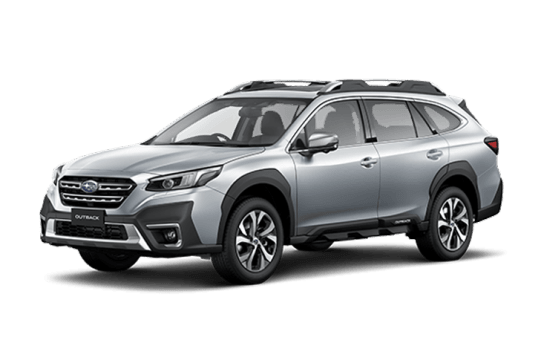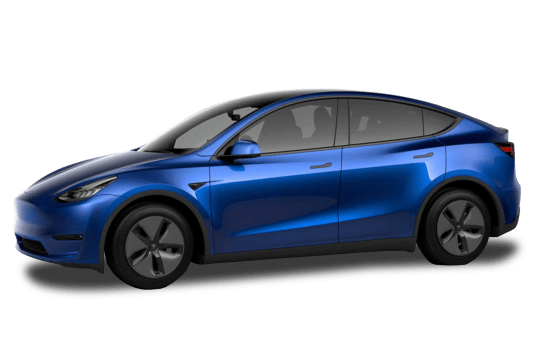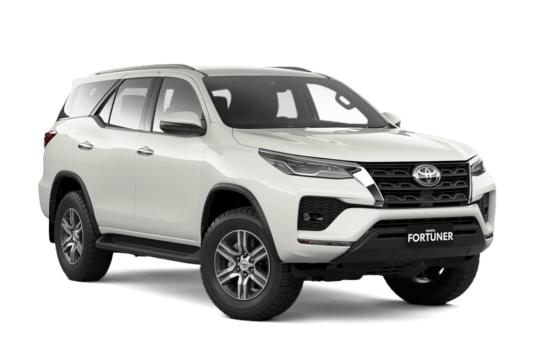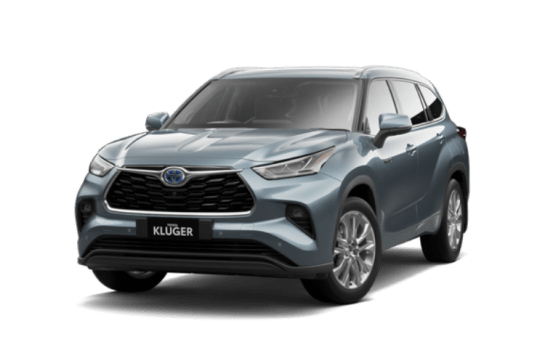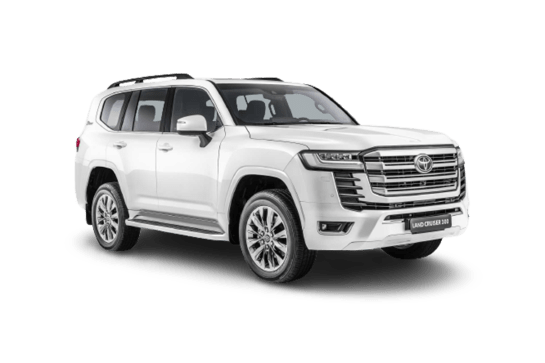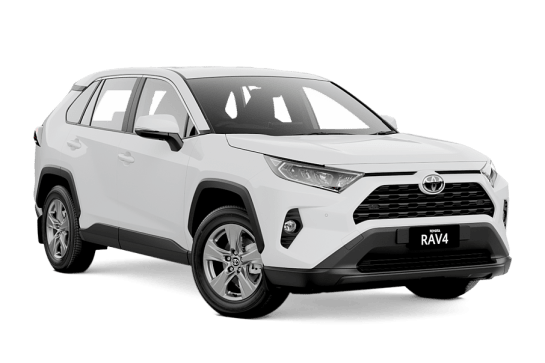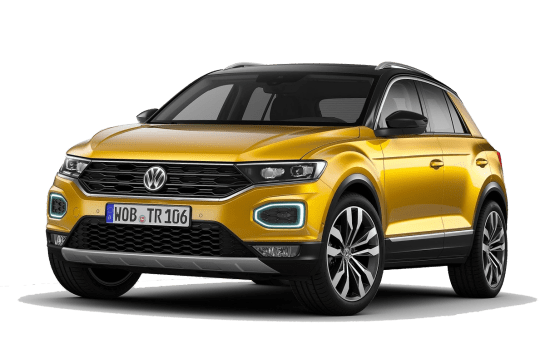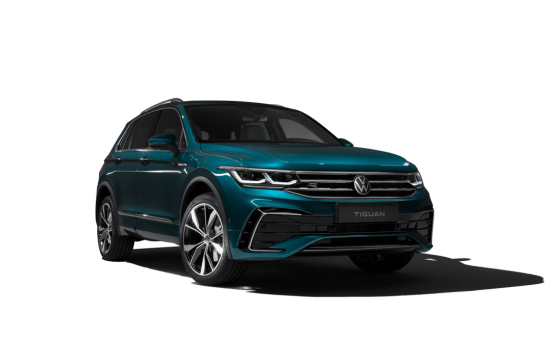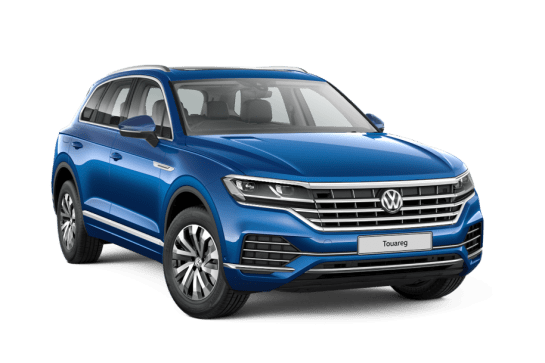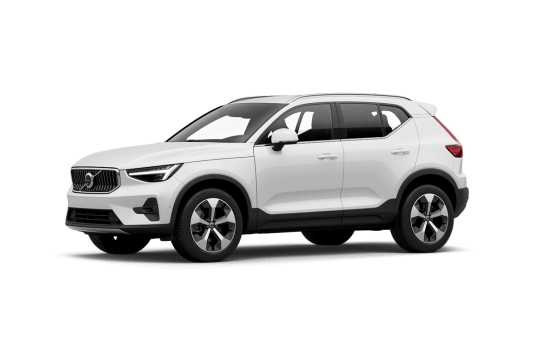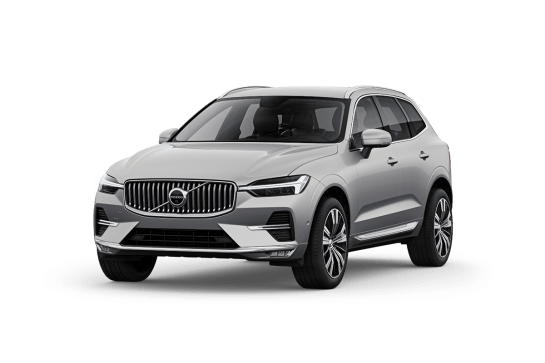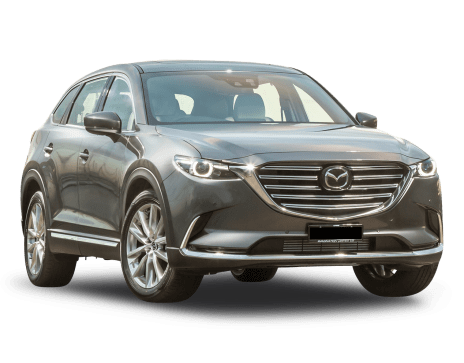
Mazda CX-9 VS Range Rover Evoque
Mazda CX-9
Likes
- New 10.25-inch display
- Seven-seater's versatility
- Comfortable ride
Dislikes
- Expensive AWD option
- Six-seater's compromises
- Older ANCAP safety rating
Range Rover Evoque
Likes
- So much power!
- Incredible charging specs
- Luxury look and feel
Dislikes
- Painfully expensive
- Rude options list
- Be prepared to wait for delivery
Summary
Mazda CX-9
The second-generation Mazda CX-9 may have been on sale in Australia for nearly five years now, but it remains the second best-selling large SUV using unibody construction (as opposed to old-school, off-road-focused body-on-frame).
That said, it is getting on a bit, so Mazda’s given it an update with a twist for 2021, hoping to inject a little bit more life into its flagship model.
And when we say twist, we mean it. After all, who would’ve thought there’d ever be a six-seat CX-9? Well, we’ve checked it out to see if it’s the version we needed all along. Read on.
| Safety rating | |
|---|---|
| Engine Type | 2.5L turbo |
| Fuel Type | Regular Unleaded Petrol |
| Fuel Efficiency | 8.4L/100km |
| Seating | 7 seats |
Range Rover Evoque
Range Rover has developed a bit of an image problem in the last few years.
To many the brand is still the face of a quintessentially British aspirational luxurious off-roader. But to a growing group, it has become synonymous with the concept of an environmentally reckless fuel-guzzling SUV.
They’re big, heavy, and still feature V8 engines, but Range Rover knows all too well the writing is on the wall for its increasingly infamous range of combustion vehicles.
The trouble is, customers love them, and while the I-Pace from sister brand Jaguar is a big leap into the future, there needs to be a happy medium for easing some of its existing customers away from combustion, while still offering the kinds of excess and aspirational performance the Range Rover brand is associated with.
Enter this car, the Evoque HSE P300e. It’s a plug-in hybrid, notably only available in the top trim level, with top-shelf performance, too.
Is it the right car to represent Range Rover’s entry-level model at a critical time of technological transformation? Let’s take a look.
| Safety rating | |
|---|---|
| Engine Type | 1.5L turbo |
| Fuel Type | Hybrid with Premium Unleaded |
| Fuel Efficiency | —L/100km |
| Seating | 5 seats |
Verdict
Mazda CX-98/10
The CX-9 is still a great option for families looking for a large SUV, even if it is starting to show its age as new rivals continue to launch with newer technologies.
That said, the availability of a luxury-focused six-seat configuration (Azami LE AWD) for the first time might be enough to convince some buyers to give it further consideration.
But for others who need the versatility of seven seats, this is still the CX-9 we’ve all come to know and love – but just a little bit better – particularly in its best-selling Azami AWD form.
Range Rover Evoque7.9/10
The Range Rover Evoque is more highly specified and more luxurious than ever, and this plug-in hybrid version makes the most of what’s on offer with its slick but familiar feel from behind the wheel.
Unfortunately, it does have an eye-watering price tag to go with its classy design and the options list is a bit rude, all things considered, but the core offering is a solid luxury buy for city-slickers, nonetheless.
What makes the Evoque P300e stand out for me is its impressive EV driving range and excellent charging specs which make it as convenient as possible to make the most of its electrified features.
It’s up to the buyer whether these conveniences and the Range Rover badge are worth swapping into a car a full size down from its luxury plug-in rivals for the same money.
Design
Mazda CX-99/10
Given its latest update is relatively minor, the CX-9’s exterior largely looks the same as before, which, depending on your point of view, is a very good thing. As far as we’re concerned, it certainly is.
That said, train-spotters will notice some differences, with the GT SP (new), Azami and Azami LE (new) grades getting a refreshed grille that’s slotted and available in two grade-specific finishes unlike the insert their carryover Sport, Touring and GT siblings still have.
And aside from the GT SP, Azami and Azami LE’s new sets of 20-inch alloy wheels (again in grade-specific finishes), the only other exterior change is the Azami and Azami LE’s larger-diameter chrome exhaust tailpipe extensions. Sporty!
Inside, the CX-9 has more changes in store, headlined by the new ‘floating’ 10.25-inch central display all but the Sport and Touring get (they stick with 7.0- and 9.0-inch units respectively).
The new set-up is powered by Mazda’s latest multimedia system, which is certainly an improvement over its predecessor, and a much needed one at that.
Worth noting, touch is not an input method, with the rotary controller on the centre console the only option, which is actually great for safety, so we’re all for it.
The Azami and Azami LE also get new quilted Nappa leather upholstery, which looks and feels great, and adds to the overall high-quality theme.
Otherwise, it’s pretty much business as usual, which is great because the CX-9 has always had a well-designed interior. Yep, if it ain’t broke, don’t fix it.
Range Rover Evoque
The Evoque has always been a car all about its sleek, city-slicking design, an iconic piece of modern SUV art from Jaguar Land Rover head of design, Gerry McGovern.
With its shapely proportions, clever descending roofline, and a silhouette which successfully reflects a miniaturised version of the Range Rover, the Evoque is at once classy with a faint suggestion of toughness under the skin.
The blacked-out grille, slimline headlights, and contemporary strip across the tailgate all serve to add intrigue to this SUV, and the extra detailing in the front bumper, shapeliness of the bonnet, and contrast black trims (with extra contrast panels on our test car matching the gloss black wheels) serving to add to its premium appeal.
It’s important to remember, while the Evoque slides into a busy small SUV landscape now, it was one of the first to make a premium car so successfully appealing in this small SUV space way back in 2011 with the first Evoque, following Land Rover’s historic trend of being in front of the SUV curve.
Rival small SUV designs may have caught up in the minds of many with the likes of the Audi Q3, BMW X2, and Volvo XC40 shining in recent years, but few have won as many design accolades as the Evoque.
Range Rover seems to be leaning into a more upper luxury trend, not just with the pricing, but with the vibe of the car’s interiors, too.
The new generation Evoque, for example, took a big jump in the look and feel of its interior appointments when it launched in 2019, and over time has only consolidated its market positioning.
The HSE grade which our P300e hybrid arrives in is lavish on the inside, with lovely suede-like seats, intricate contrasting grey cloth trims in the doors (do I detect an influence from Volvo here?) and a plush-looking dash, all finished in soft-to-the touch materials.
Attention to detail, like the silver bezels which adorn the centre console and media screen, add to the premium flair which lifts the Range Rover badge above the Land Rover one, and I do like the way the additional function screen seamlessly melts into the piano finish and integrated dials. While it’s always a nightmare to keep gloss piano finishes clean, it looks oh-so primo.
It’s a little odd the P300e has analogue dials, which seems to miss the premium edge which a fully digital dash might provide although the 7.0-inch centre dash screen has a great resolution and speed, as well as a mostly well laid out operating system.
I found the R-Dynamic modes, which can sharpen up the accelerator response and steering buried two menus deep, unnecessarily hard to find, as were various EV information screens and other less important functions.
Practicality
Mazda CX-99/10
Being an SUV that’s 5075mm long, 1969mm wide and 1747mm tall, practicality is arguably the most important thing for the CX-9, and with the option of six seats for the first time with the new Azami LE, it’s even more versatile.
All seven-seat grades have a 60/40 split-fold second row that manually slides and reclines the same as before, with only the Sport missing out on one-touch tumble operation, which makes accessing the 50/50 split-fold third row even easier, even if it’s still not graceful.
But the six-seat Azami LE is configured differently, given its second row has two captain’s chairs instead of a bench. That said, it operates in a very similar manner, just with power adjustment.
I still had around eight centimetres of legroom and four of legroom behind my 184cm (6'0") driving position, while the large transmission tunnel that’s a foot-space issue in seven-seat versions... isn’t.
One key difference with the very roomy and comfortable Azami LE is it only has four top-tether child-seat anchorage points, while all other grades have five thanks to their extra seat. Either way, four ISOFIX child-set anchorage points are split across the second and third rows.
Alternatively, the third row can be used by adults on shorter journeys, although they won’t have a lot of space to enjoy. Again, I'm 184cm tall and it’s tight back there, with no headroom or legroom on offer, but children will, of course, fare much better.
The CX-9’s boot is still pretty usable with all three rows in action, with 230L of cargo capacity available, but you can stow the two rear seats to get 810L in total.
And if you want maximum cargo capacity, the middle seats can also be folded, but not in the Azami LE, annoyingly.
Either way, the CX-9 doesn’t have a load lip but does have a flat floor, so loading bulkier items is a cinch, while two bag hooks and four tie-down points are on hand for securing loose items if they can’t fit in the double map pockets on the front seat backrests.
There are two cupholders in the third row, another two in the second row’s fold-down armrest (seven-seater versions) or large centre console (Azami LE), and another two in the first row’s larger centre console, while the front and rear door bins can also take bottles – and other knick-knacks.
All grades get USB ports in the first row, while the Touring and above also have them in the second row, and the GT and above also feature them in the third row. It’d be nice if there was no differentiation, though.
Range Rover Evoque
While it still plays the role of Range Rover’s smallest SUV, the current Evoque is much bigger than the car it replaced in 2019. I would go so far as to say it’s deceptively large on the inside.
Front occupants are treated to a cabin which now feels almost as wide as an actual Range Rover, with plenty of room for elbows on either side, which are, of course, met by lovely soft-touch surfaces.
The raised console helps with the upmarket feel, as does the plush dash. The standard 14-way adjust front seats help to accommodate most passengers, with my only criticism being the large A-pillars and height of the dash can make it feel a little bit claustrophobic compared to some rival luxury SUVs.
Storage is offered through a set of large door pockets, a centre console box, dual bottle holders behind the shift lever, and a healthy nook underneath the climate controls, which also hosts a wireless charging bay.
The rear seats share the same comfortable rim as the front ones, and also have large pockets in the doors. Despite the descending roofline, I had just enough room for my head at 182cm tall although it is notable the space in the PHEV feels smaller with the raised floor needed to accommodate the batteries.
I had a little airspace for my knees behind my own driving position, too. The main drawback for rear passengers is the large transmission tunnel, making it difficult to accommodate an adult in the centre position.
There are adjustable air vents for rear passengers, but it is frustrating Land Rover has chosen to make rear USB-C charging ports an arbitrary $270 option.
The boot is also deceptively large for such a small SUV, measuring in at 472 litres (VDA), it’s above average for the small SUV class and fits the full CarsGuide luggage set, provided you remove the parcel shelf as it's just a smidge too high.
You'll also need to keep your charging cables in the boot, as there's no underfloor storage, the entire space being taken up by a space-saver spare wheel.
Price and features
Mazda CX-98/10
The CX-9 has become more expensive, with some grades up a little, while others are up a lot. The range now starts from $45,990, plus on-road costs, and reaches $73,875 (see pricing table below), but there is more standard equipment now.
Either way, two new grades have joined the now-comprehensive CX-9 line-up, bringing the total to six, with the new GT SP slotting in above the mid-range GT but below the previously flagship Azami, which is now bettered by the new Azami LE.
The entry-level Sport and Touring round out the line-up, with each grade coming with front-wheel drive as standard, although all-wheel drive is an expensive $4000 option for all but the Azami that instead asks for a $4435 premium, and the Azami LE which gets it as standard.
Features-wise, the Sport gets dusk-sensing LED headlights, rain-sensing wipers, 18-inch alloy wheels, push-button start, a 7.0-inch central display, satellite navigation, Apple CarPlay and Android Auto support, digital radio, a six-speaker sound system, a head-up display, three-zone climate control and black cloth upholstery.
While the Touring has the same 18-inch alloy wheels, it steps up with keyless entry, a 9.0-inch central display, paddle-shifters (new), power-adjustable front seats with heating, and black leather upholstery.
The GT goes even further with 20-inch alloy wheels, a hands-free power-operated tailgate, a sunroof, the aforementioned 10.25-inch central display (new), a 12-speaker Bose sound system, a wireless smartphone charger (new) and heated outboard middle seats.
As its name suggests, the new GT SP is the sportier version of the GT, adding a unique black finish to its 20-inch alloy wheels and side-mirror caps as well as burgundy leather upholstery and red stitching for just $500 more.
Meanwhile, the Azami has 20-inch alloy wheels with a bright finish (new) as well as adaptive LED headlights, LED daytime running lights, a 7.0-inch multifunction display, a heated steering wheel and 'Pure White' or 'Walnut Brown' quilted Nappa leather upholstery (new).
And finally, the new Azami LE mimics the Azami but replaces its middle bench with two power-adjustable captain’s chairs with heating and cooling plus a dedicated centre console, so six seats in total instead of the usual seven.
Also of note, the CX-9 has a new metallic paintwork option: 'Polymetal Grey', which helps it stand out from the crowd.
For reference, the CX-9’s rivals include the soon-to-be-replaced Toyota Kluger ($44,850 to $68,574) and the recently launched facelifted Hyundai Santa Fe ($43,990 to $61,660) and new-generation Kia Sorento ($45,850 to $63,070).
2021 Mazda CX-9 pricing before on-road costs
| Sport FWD | automatic | $45,990 (+$70) |
| Sport AWD | automatic | $49,990 (+$70) |
| Touring FWD | automatic | $53,490 (+$180) |
| Touring AWD | automatic | $57,490 (+$180) |
| GT FWD | automatic | $62,990 (+$1270) |
| GT AWD | automatic | $66,990 (+$1270) |
| GT SP FWD | automatic | $63,490 (NEW) |
| GT SP AWD | automatic | $67,490 (NEW) |
| Azami FWD | automatic | $66,190 (+$1297) |
| Azami AWD | automatic | $70,625 (+$1686) |
| Azami LE | automatic | $73,875 (NEW) |
Range Rover Evoque
While we’re on the topic of excess, the Evoque HSE P300e certainly reflects it in the price tag. This plug-in starts from a whopping $105,060 price-wise putting it in the same league as luxury PHEV rivals a full size up.
Because there are no small luxury segment small SUVs in this league currently, we’re in fact forced to compare the Evoque to cars like the Volvo XC60 Recharge (from $100,990), BMW X3 xDrive30e ($107,000), or the particularly good-value Lexus NX 450h+ (from $88,323).
All are larger than our Evoque here, so it’s automatically at a disadvantage, and as is the usual case with Land Rover products, there’s an extensive and occasionally rude options list which can add thousands more to the price.
Our test vehicle, for example, had over $10,000 worth of options attached to it, only three of which (dual-zone climate with second row vents - $1000, and the additional Type 2 charging cable - $528) I would bother to add.
The included equipment at the HSE grade is good, with 20-inch alloy wheels, 14-way electrically adjustable front seats, Matrix LED headlights, a 10-inch tiltable ‘Pivi Pro’ touchscreen with wireless Apple CarPlay and Android Auto connectivity, as well as built-in navigation, and a second screen for the climate and car functions.
There’s also a semi-digital dash (oddly, with analogue dials for engine rpm and road speed, but a 7.0-inch digital element for everything else), the choice of either leather or suede interior trim, a leather-bound steering wheel, and keyless entry with push-start ignition.
It’s nice to see the Matrix LEDs as standard here, as well as a swish set of screens and a premium feeling interior. But it’s also frustrating things like digital radio ($520), a head-up display ($1690), data plan ($1040), and USB-C for the rear seats ($351) are optional on a car north of $100,000, especially since most of these are standard on its rivals.
One major catch is how long you might be waiting for one. Some dealer sources tell us customers will need to wait up to 12 months for delivery at the time of writing, so be prepared for this if you want one.
Under the bonnet
Mazda CX-97/10
All CX-9 grades are powered by a carryover 2.5-litre turbo-petrol four-cylinder engine, which produces 170kW of power at 5000rpm and 420Nm of torque at 2000rpm.
A six-speed torque-converter automatic transmission is standard, and again, you get the option of front- or all-wheel drive for all grades but one, the AWD-only Azami LE.
If you’re after a diesel-powered seven-seater, Mazda also has the similarly sized CX-8 in its line-up, but it still doesn’t offer a hybrid option in any of its SUVs, even though many rivals are moving in that direction, including the aforementioned Kluger, Santa Fe and Sorento.
Range Rover Evoque
The Evoque now sports Jaguar Land Rover’s hybridised ‘Ingenium’ engine family across the range, and the set-up which appears in the plug-in hybrid model might be the most interesting.
It consists of a 1.5-litre three-cylinder combustion engine which is said to produce 147kW/280Nm, and an electric motor powering the rear axle producing 80kW, the two of which combine for an impressive quoted total output of 227kW/540Nm, driving all four wheels.
The motor sources its power from a 15kWh lithium-ion battery pack under the floor of the car, which provides a claimed 62km of fully-electric driving range.
Land Rover also replaced the mechanical brake pedal with a drive-by-wire one to allow for improved ‘blended’ regenerative braking.
Efficiency
Mazda CX-97/10
According to the official combined fuel consumption figures (ADR 81/02), FWD variants of the CX-9 sip 8.4 litres per 100km, which isn’t too bad for a petrol-powered large SUV that weighs just shy of 1900kg. Claimed carbon dioxide (CO2) emissions are 197 grams per km.
And given they weigh a whisker more than two tonnes, AWD versions of the CX-9s drink a slightly higher 9.0L/100km and emit 211g/km.
We covered 188km in the Azami AWD and Azami LE AWD at the CX-9’s launch and recorded 11.5L/100km after primarily driving on country roads and highways.
While that figure is nearly 30 per cent higher than Mazda's claim, it’s not outlandish considering the type of vehicle the CX-9 is. Either way, results will vary.
For reference, AWD variants have a slightly large fuel tank (74L) than their FWD counterparts (72L), but they all take more affordable 91RON petrol at minimum.
Range Rover Evoque
Claimed energy consumption on the combined WLTP cycle for the Range Rover Evoque P300e is 2.0L/100km. As with all plug-in hybrids though, this will heavily depend on how it is driven.
The 15kWh battery is said to provide a 62km driving range (again, on the WLTP cycle), which seems healthy for a PHEV, and I was pleased to find that my car was reporting about 56km on a full charge, not far off the claim.
Importantly, the Evoque has stellar charging specifications, which make it ideal for a city-slicker with minimal time to conveniently charge.
I was shocked to find a DC charging port when I flipped open the panel, which is capable of charging the tiny battery up in just 20 minutes (at a peak rate of 35kW), while on a slower but easier-to-find AC charger, it can extract 7kW allowing a charge time of around two hours.
This is well above par for a plug-in hybrid, and makes charging quick, painless and convenient, even for those who can’t charge at home.
As a result of this ease-of-charging and therefore minimal time spent in the hold or hybrid modes, my car reported an astounding 1.0/100km of fuel consumption during my week, covering mostly urban kilometres.
The only drawback is the need to fill this small turbo engine with mid-shelf 95RON fuel.
Driving
Mazda CX-98/10
As far as large SUVs go, the CX-9 is one of the better ones to drive. It’s certainly not confused; it knows what it needs to do and does it well.
The engine is properly punchy down low, serving up plenty of initial torque, so much so that you rarely need to chase its top-end power. In that way, it’s very diesel-like, despite being petrol. Needless to say, acceleration is surprisingly brisk. Not bad, then!
And the transmission it’s matched to also does its job well. Gear changes are pleasingly smooth, if not quick, while it's receptive to heavy applications of the accelerator, kicking down a ratio or two with little hesitation. Yep, don’t bother with its Sport mode.
The CX-9 also rides pretty well thanks to its independent suspension set-up, which consists of MacPherson-strut front and multi-link rear axles with passive dampers. Indeed, the kids aren’t going to be upset when they’re onboard.
Again, we mainly drove on country roads and highways, but it proved to be comfortable, particularly at high speed. And even during those rare, in-town, low-speed moments, it still impressed, on lower-quality roads or not.
And while the CX-9’s electric power steering is well-weighted, some buyers might be left wishing it was a tad lighter, especially when parking, but that’s more about personal preference than anything else.
What is more universal, though, is the system’s lack of feel. Obviously, we’re not dealing with a sports car here, but a little communication through the wheel wouldn’t go astray, particularly on a twisty road.
Speaking of which, the CX-9 handles its mass pretty confidently around a corner. That said, while it is relatively tied down, it still regularly exhibits a fair degree of body roll to remind you that you’re dealing with a large SUV.
Range Rover Evoque
The second-gen Evoque is still the lovely, luxury, small SUV it was when it launched in 2019, and this plug-in hybrid version only serves to improve the formula, adding sleek electric driving characteristics to the already-smooth turbo engine and torque converter automatic.
Interestingly, and like its Volvo XC60 rival, the electric motor is located on the rear axle, giving this car the odd characteristic of being rear-wheel drive when driven electrically, or predominantly front-wheel drive when driven in combustion mode.
Speaking of modes, this car does the bulk of the management, with only three driving modes available to the pilot. These include the default ‘hybrid’ mode, which as the name suggests, blends the two power sources with more of an emphasis on electric driving when the battery is charged.
There's also an electric mode, which will only use the rear axle motor until the battery runs out, and a ‘Hold’ mode which will still blend the two sources but predominantly rely on the combustion engine to maintain the car’s state of charge.
You might want to use the last mode if you're travelling long-distance, to maintain the electric range for where it is most efficient - in low-speed stop-start driving.
The regenerative braking is not adjustable, having just a single mild level. It’s far from the single-pedal driving you can experience in a fully electric car, but Land Rover has made the brake pedal fly-by-wire so it can blend increased regen with the mechanical brakes.
It makes for a familiar experience from behind the wheel for those coming straight out of a purely combustion vehicle.
The electrified brake pedal does have the consequence of removing a bit of feel for a keen driver, and the same can be said for the rather slow steering tune in the default settings which makes the Evoque feel more luxurious and less sporty or reactive than it could be.
It’s a shame, because the two power sources combine to make for a thumping amount of power when you stick your boot in, and the all-wheel drive system and nicely balanced suspension keep this little SUV well under control in the corners.
As with my original Evoque range review in 2019, though, it is notable how heavy this SUV feels, particularly compared to some rivals like the Audi Q3.
The heftiness suits the Evoque's expanded dimensions and even more upmarket feel, but despite the power on offer it’s not an agile SUV to be carving corners in.
At least the ride quality and quietness is superb, making the Evoque an ideal SUV for driving around the centre of pothole-stricken Sydney, with a notable amount of poise. At the end of the day, isn’t that what this Range Rover was built for?
Safety
Mazda CX-98/10
ANCAP awarded the CX-9 its maximum five-star safety rating in 2016, and despite the test occurring nearly five years ago, its results still stand.
Needless to say, the game has moved on, with the Santa Fe and Sorento recently resetting the standard, while the Kluger is soon to follow suit.
The CX-9 does, however, get front and side airbags as well as curtain airbags that cover all three rows, whereas the Santa Fe and Sorento only cover the first and second rows.
All grades of the CX-9 also get front and rear autonomous emergency braking, lane-keep assist, blind-spot monitoring, rear cross-traffic alert, adaptive cruise control with stop and go functionality, traffic sign recognition, high-beam assist and driver attention alert.
A reversing camera and rear parking sensors are also standard in all grades, but the Touring and above add front parking sensors, while the Azami and Azami LE also get surround-view cameras.
Range Rover Evoque
Despite its long options list, thankfully all key safety equipment is standard on the Evoque. Active items include auto emergency braking, lane keep assist with lane departure warning, blind spot monitoring with rear cross-traffic alert, traffic sign recognition, driver attention alert, a clear exit monitor, and adaptive cruise control.
Only two items which could be considered under the safety umbrella remain on the options list (the options list becoming a recurring theme in this review), a 360-degree parking camera ($500), and the ‘ClearSight’ rear view mirror, which is able to show a camera view out the rear if the mirror is obscured by luggage or people in the cabin ($1230).
Elsewhere, the Evoque scores two ISOFIX child seat mounting points on the outer rear seats, and three top tethers across the rear row.
There are six airbags, and despite notably missing a front centre airbag, which is often required for a maximum safety rating to today’s standard, the Evoque maintains the maximum five-star ANCAP safety rating it was awarded in 2019. For the record, it scored very highly across all categories.
Ownership
Mazda CX-98/10
As with all Mazda models, the CX-9 comes with a five-year/unlimited-kilometre warranty with five years of roadside assistance, both of which are average when compared to Kia’s market-leading seven-year terms with ‘no strings attached’.
Service intervals are 12 months or 10,000km, with the distance on the shorter side, although capped-price servicing is available for the first five visits, costing $2022 in total at the time of the writing, which is very reasonable.
Range Rover Evoque
As of April, 2021 all Land Rover products are finally covered by an industry-standard five-year and unlimited kilometre warranty, matching its key rivals, and beating out BMW which persists with an old three-year warranty promise. Five years of roadside assist is also included for the duration.
When it comes to servicing, the P300e is available to be purchased with a five-year plan ($2650 - $530 annually) which covers 102,000km of visits.
This pack is well worthwhile as Land Rover servicing is generally quite expensive when purchased a-la-carte.

